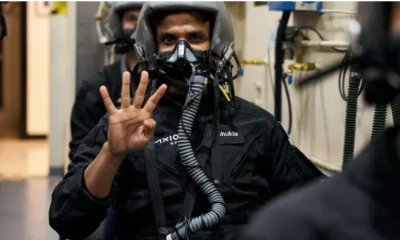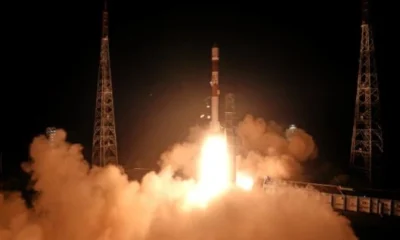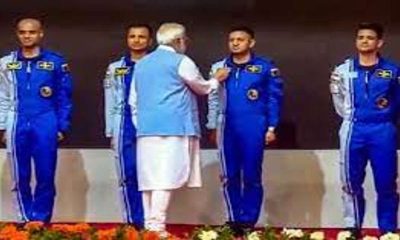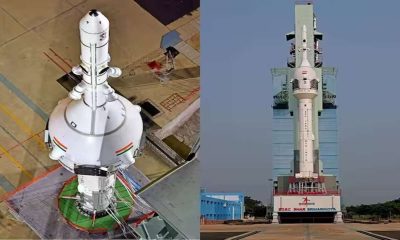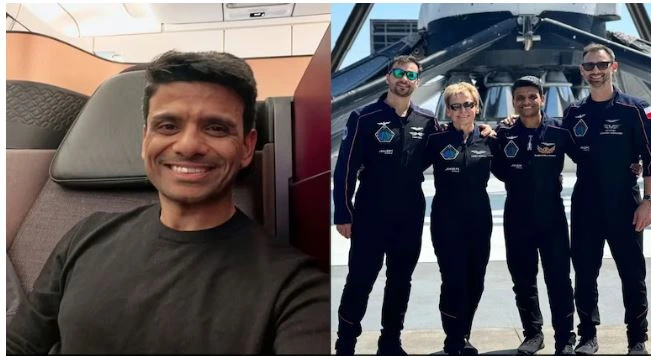Latest Science News
NavIC frequency too close to WiFi, may cause interference: Study

Latest Science News
Astronaut Shubhanshu Shukla to meet PM Modi after return from historic space mission
Astronaut Shubhanshu Shukla, who recently returned from the ISS as part of the Axiom-4 mission, will meet PM Modi this evening. Parliament will also hold a special discussion on his historic journey.
India News
Shubhanshu Shukla pens emotional note as he returns to India after space mission
Indian astronaut Shubhanshu Shukla penned an emotional Instagram post as he returned to India after his 18-day ISS mission, marking a milestone in India’s space journey.
Latest Science News
Shubhanshu Shukla becomes second Indian in space, lifts off for ISS aboard Axiom-4 mission
Group Captain Shubhanshu Shukla becomes the second Indian astronaut to travel to space after four decades, aboard the Axiom-4 mission to the International Space Station.
-

 India News23 hours ago
India News23 hours agoPM Modi welcomes Vladimir Putin with warm hug as Russian President begins India visit
-

 India News22 hours ago
India News22 hours agoDelhi to install 305 mist sprayers across 9 major pollution hotspots
-
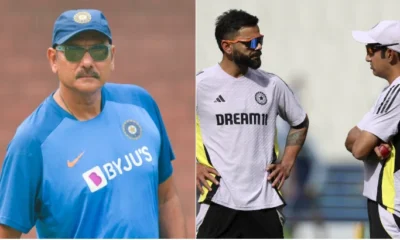
 Cricket news23 hours ago
Cricket news23 hours agoRavi Shastri warns critics against messing around with Virat Kohli and Rohit Sharma
-

 India News8 hours ago
India News8 hours agoIndiGo flight chaos deepens as over 500 services cancelled, passengers stranded for hours
-

 India News8 hours ago
India News8 hours agoRBI cuts repo rate to 5.25%, paving the way for cheaper loans
-

 Latest world news7 hours ago
Latest world news7 hours agoAsim Munir appointed Pakistan’s first Chief of Defence Forces, to serve 5-year term
-
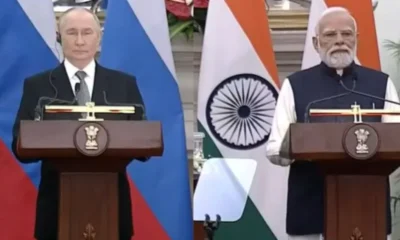
 India News3 hours ago
India News3 hours agoIndia and Russia vow to walk together against terrorism, reaffirm strategic partnership
-

 Entertainment2 hours ago
Entertainment2 hours agoDhurandhar review: Ranveer Singh roars back, Akshaye Khanna shines in intense spy thriller

